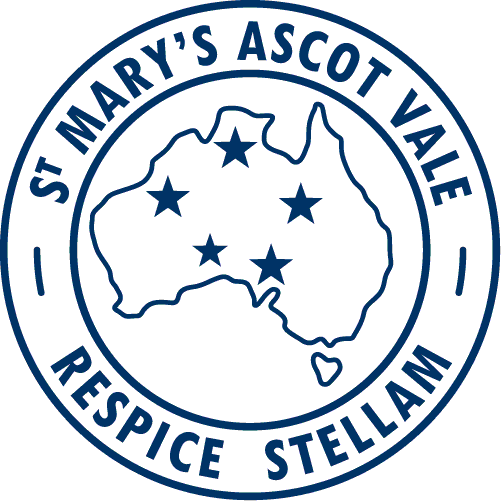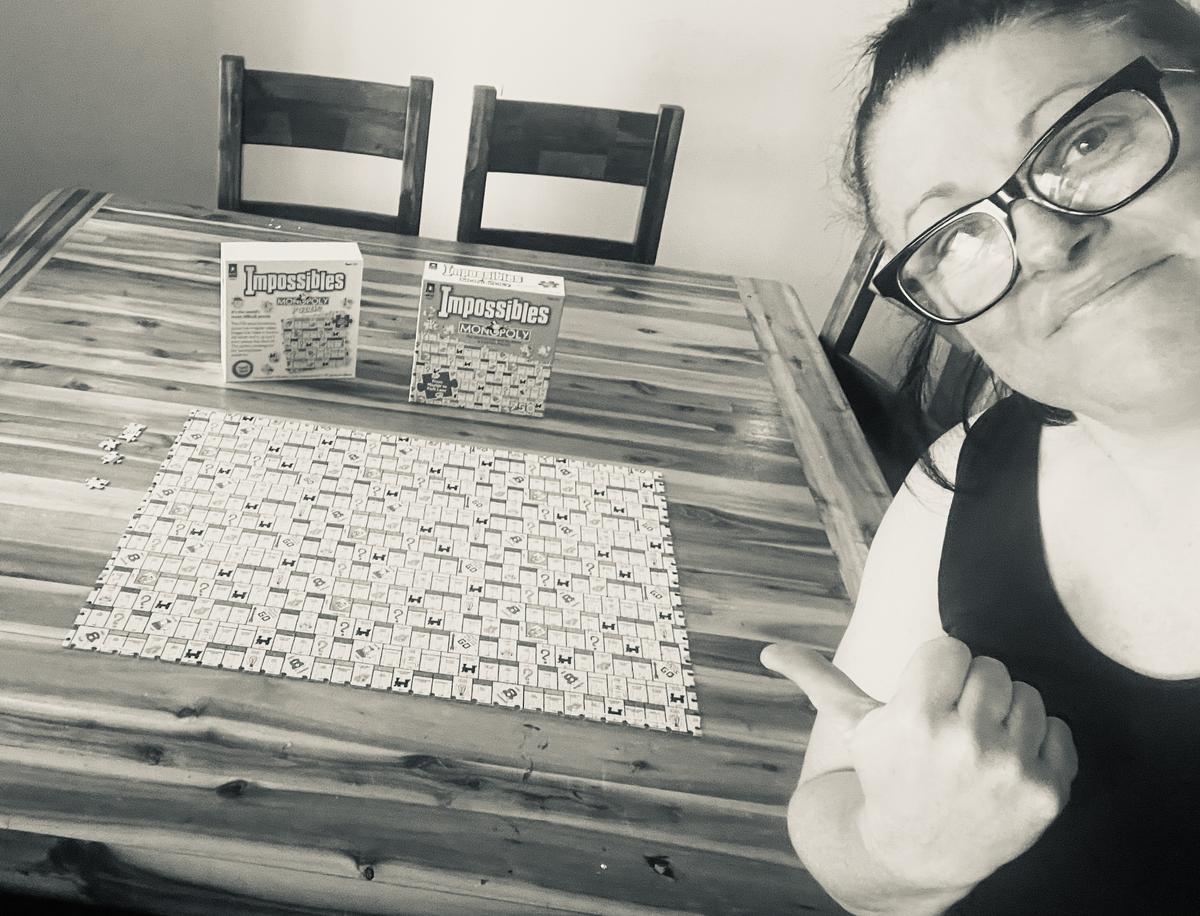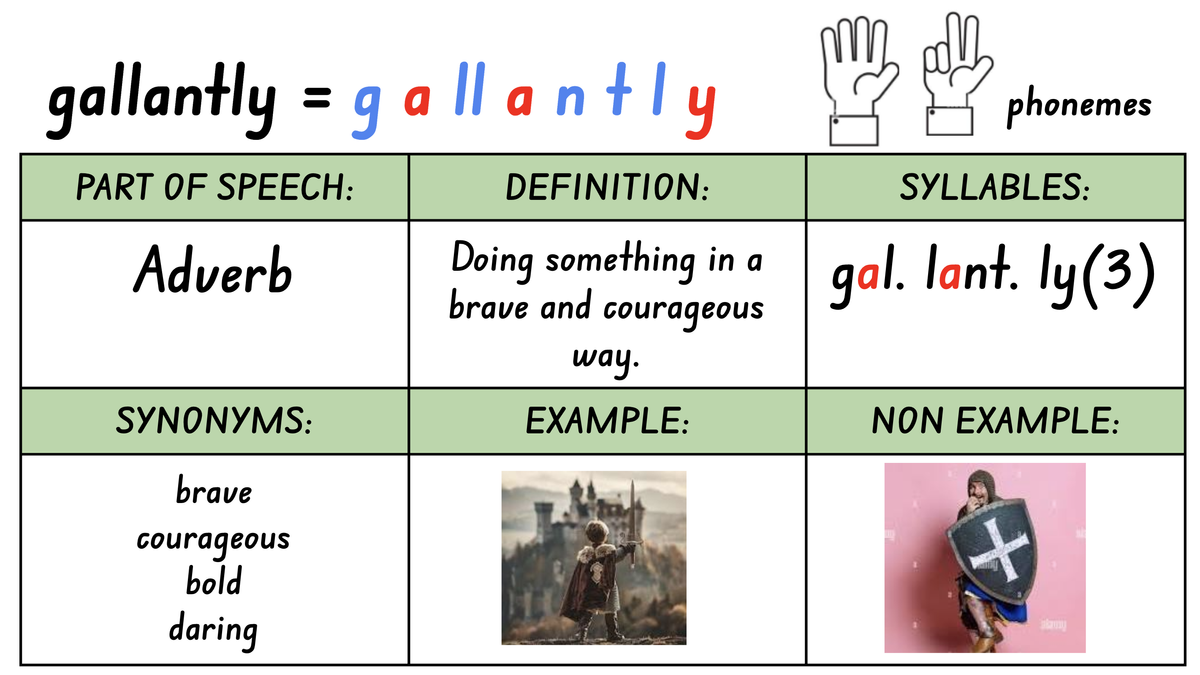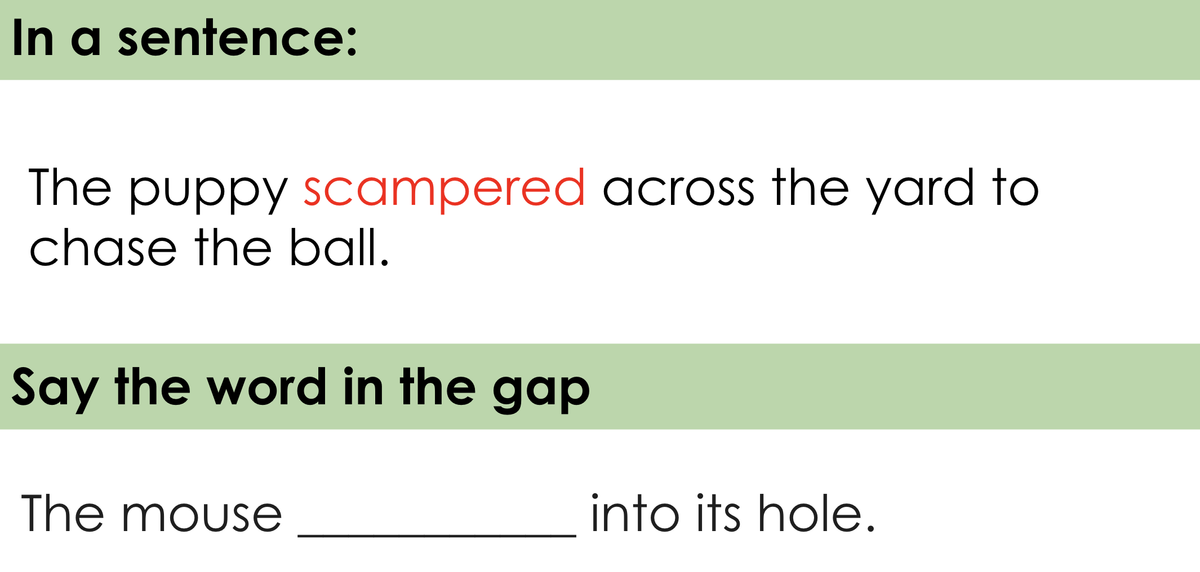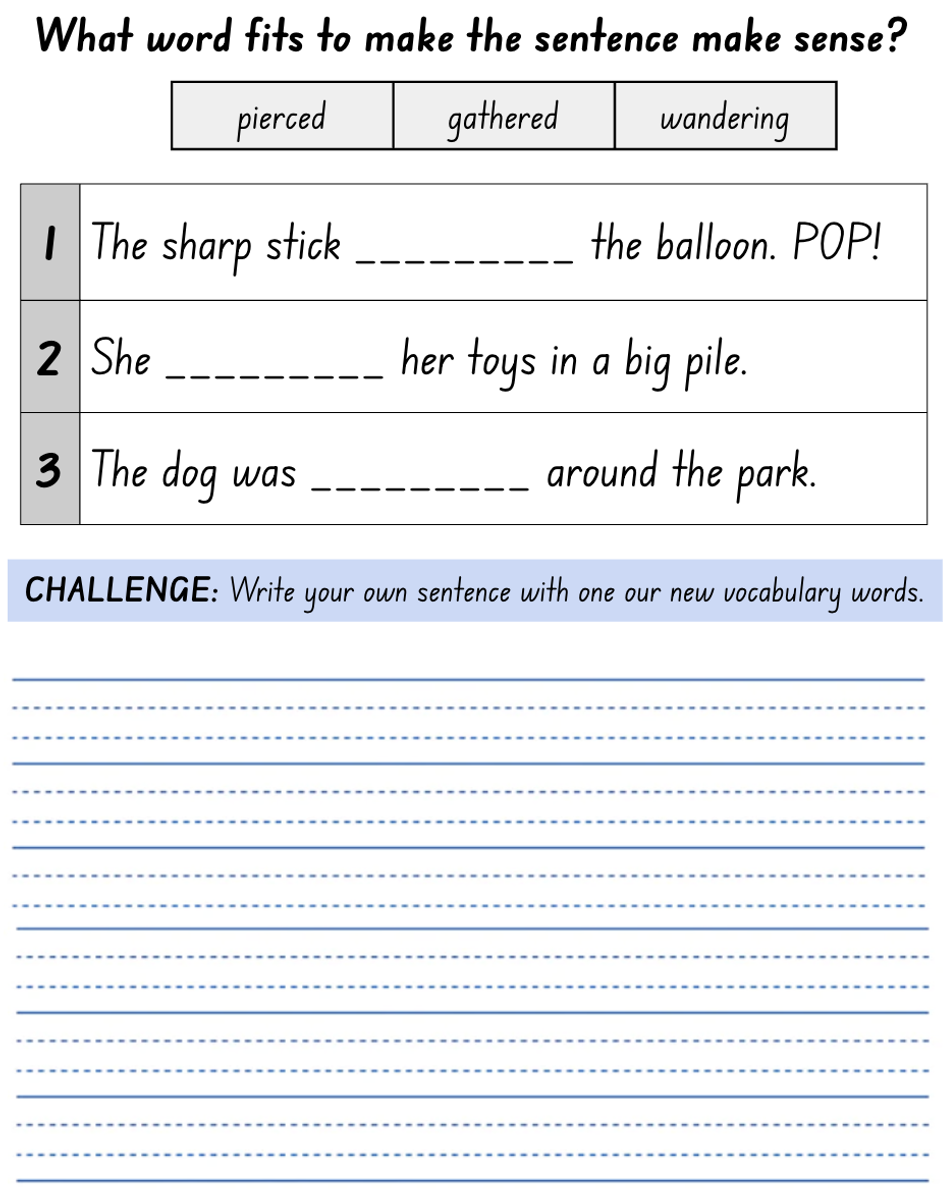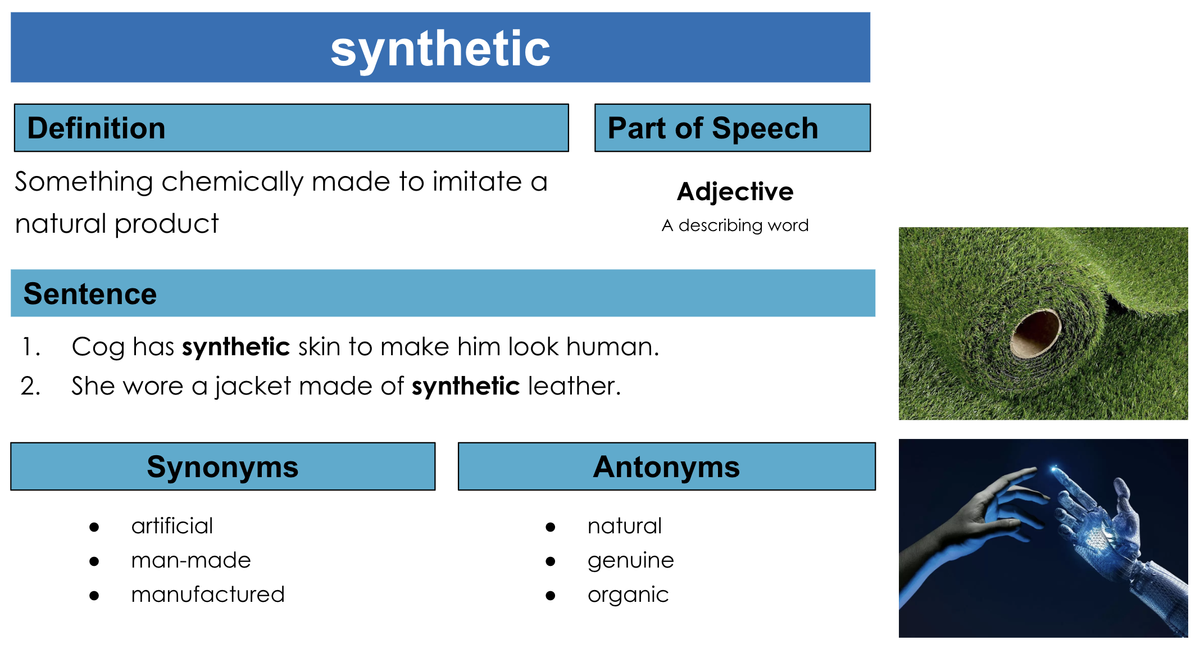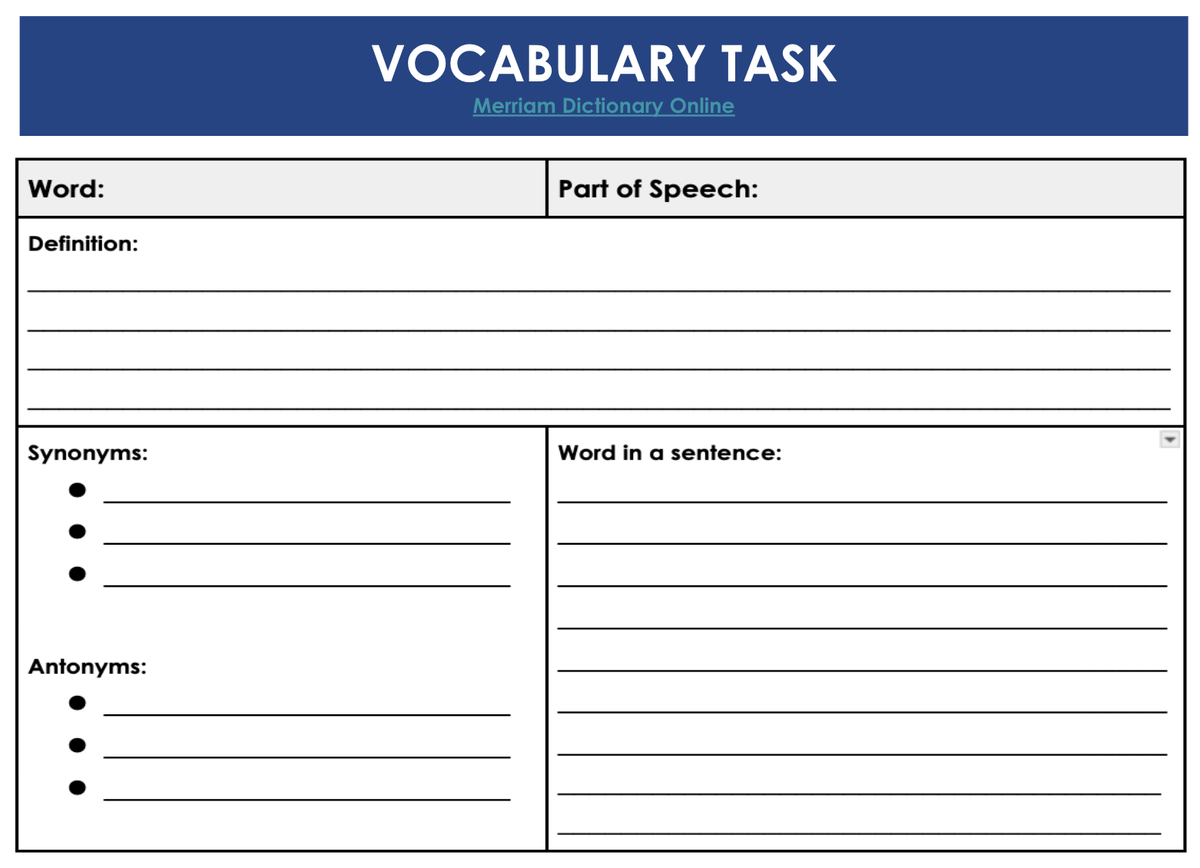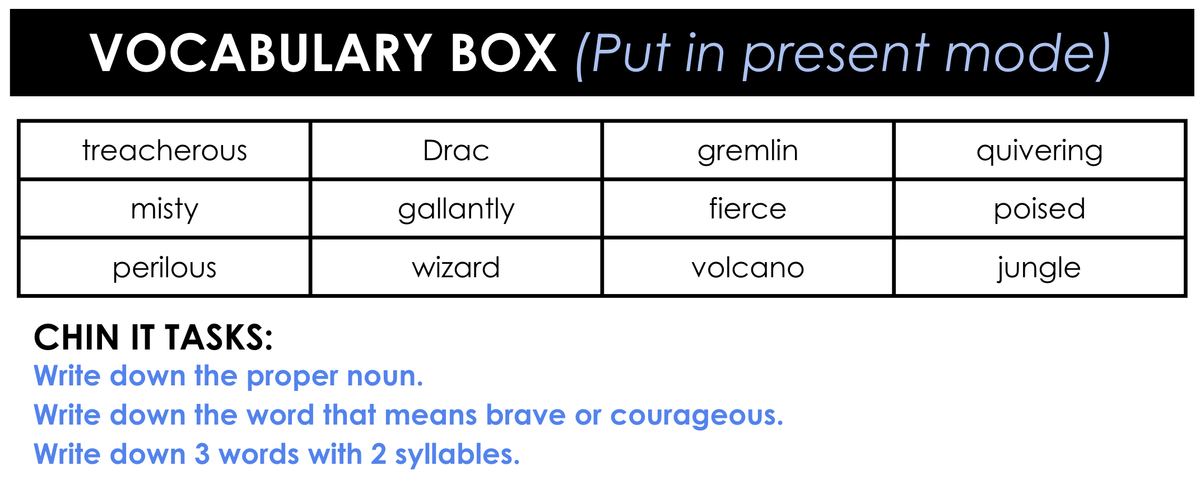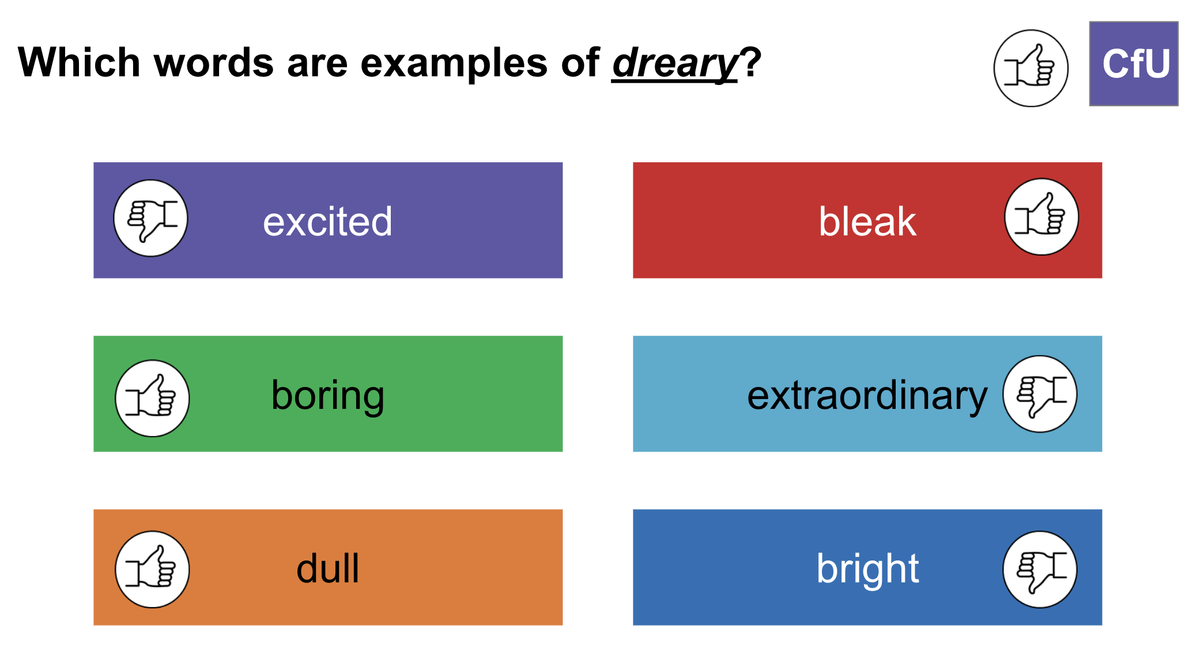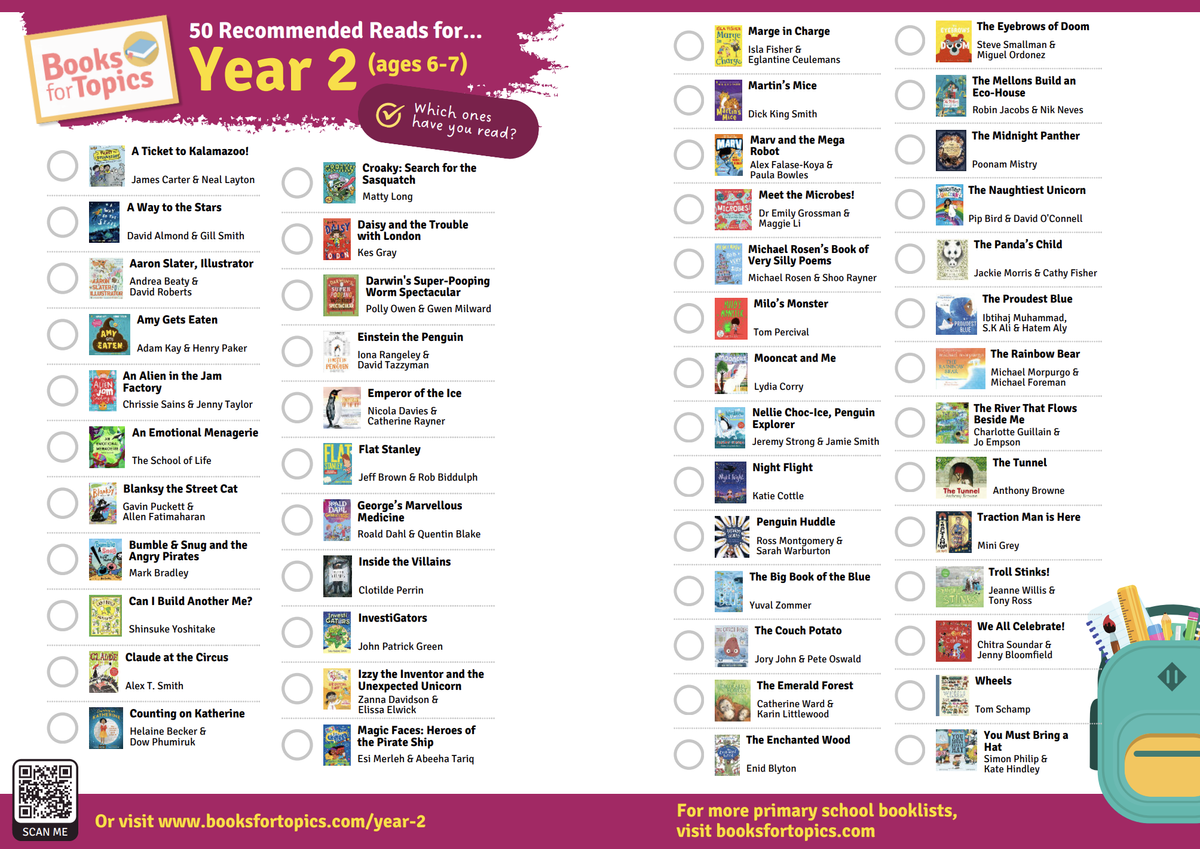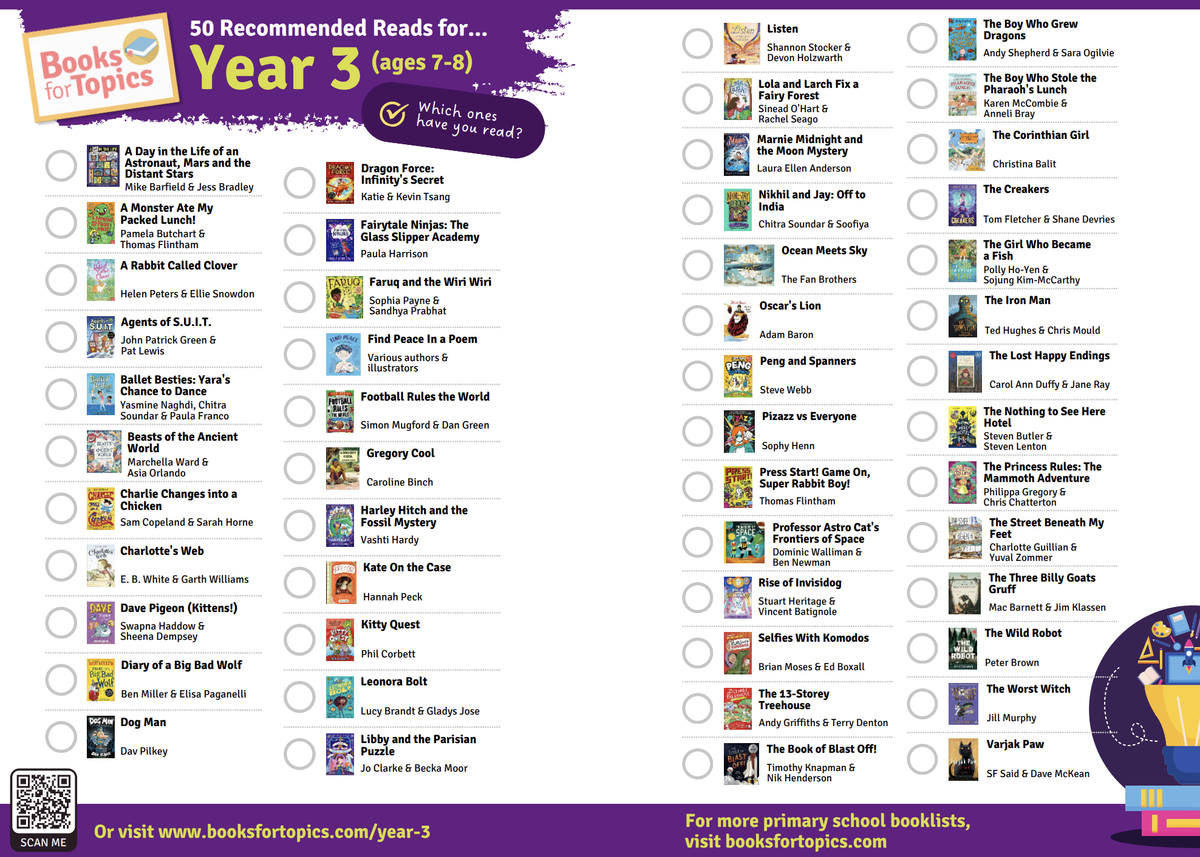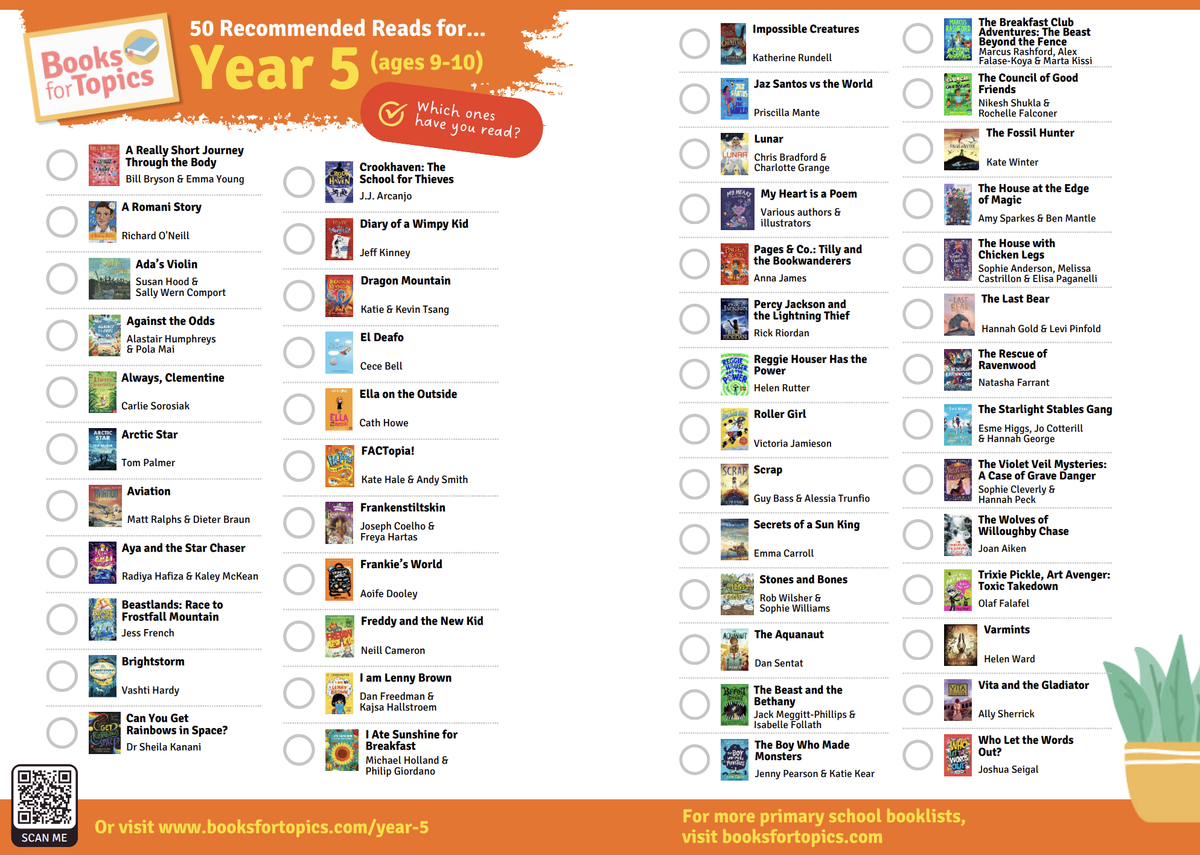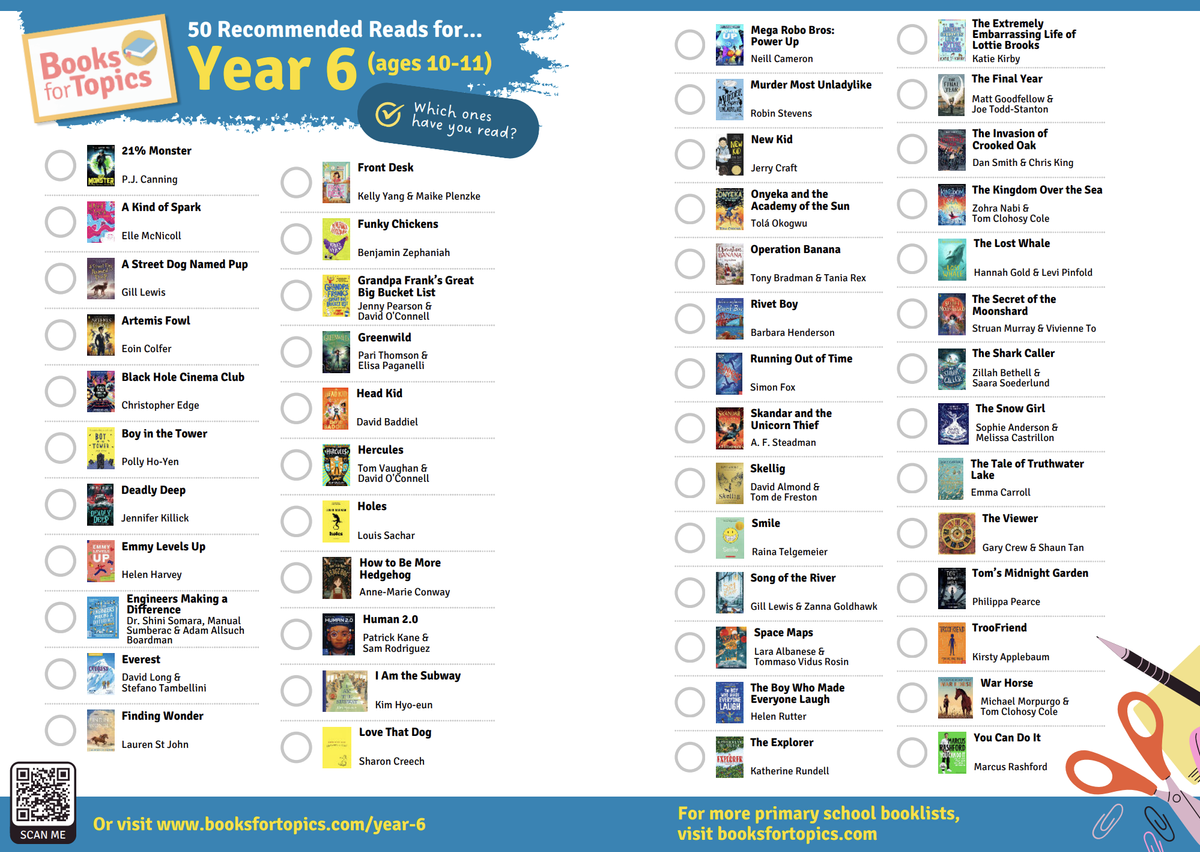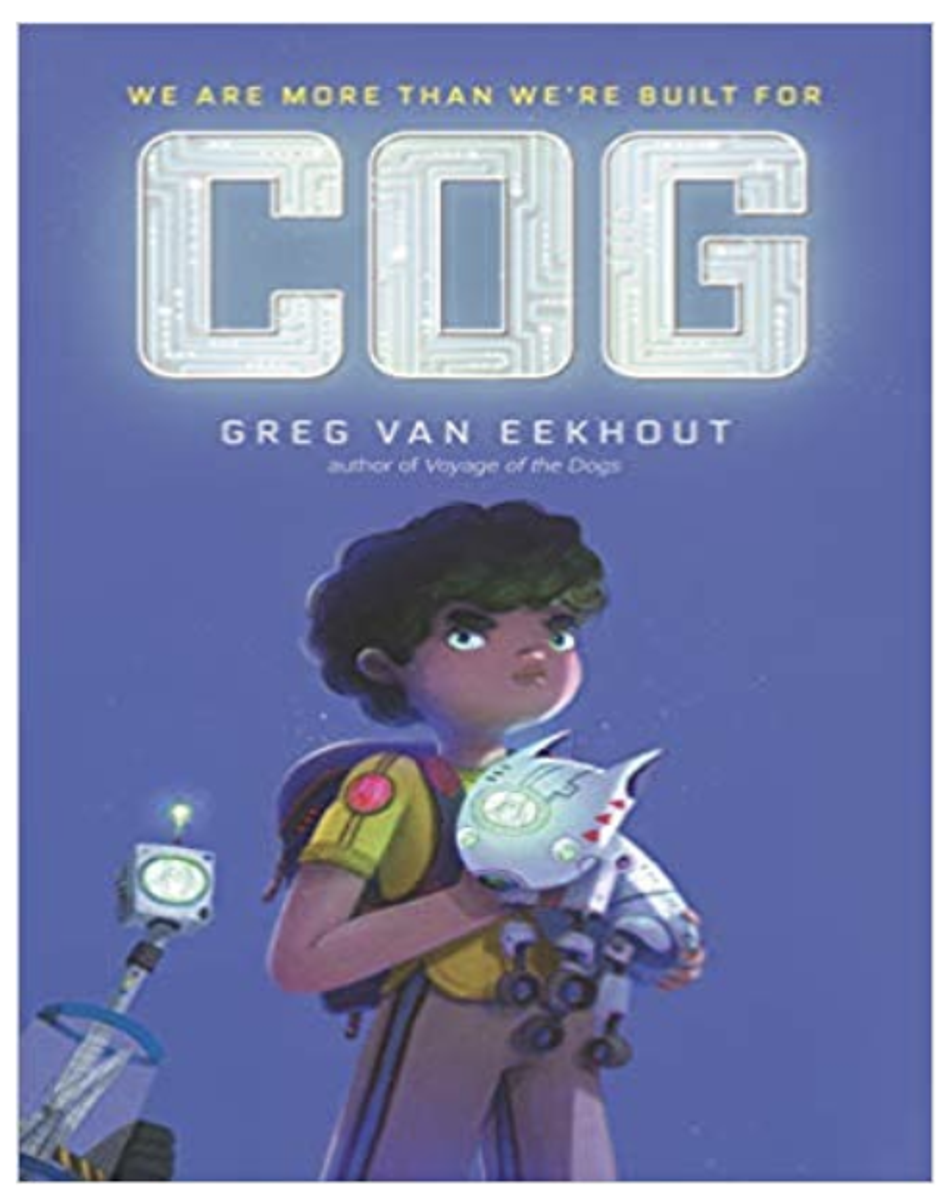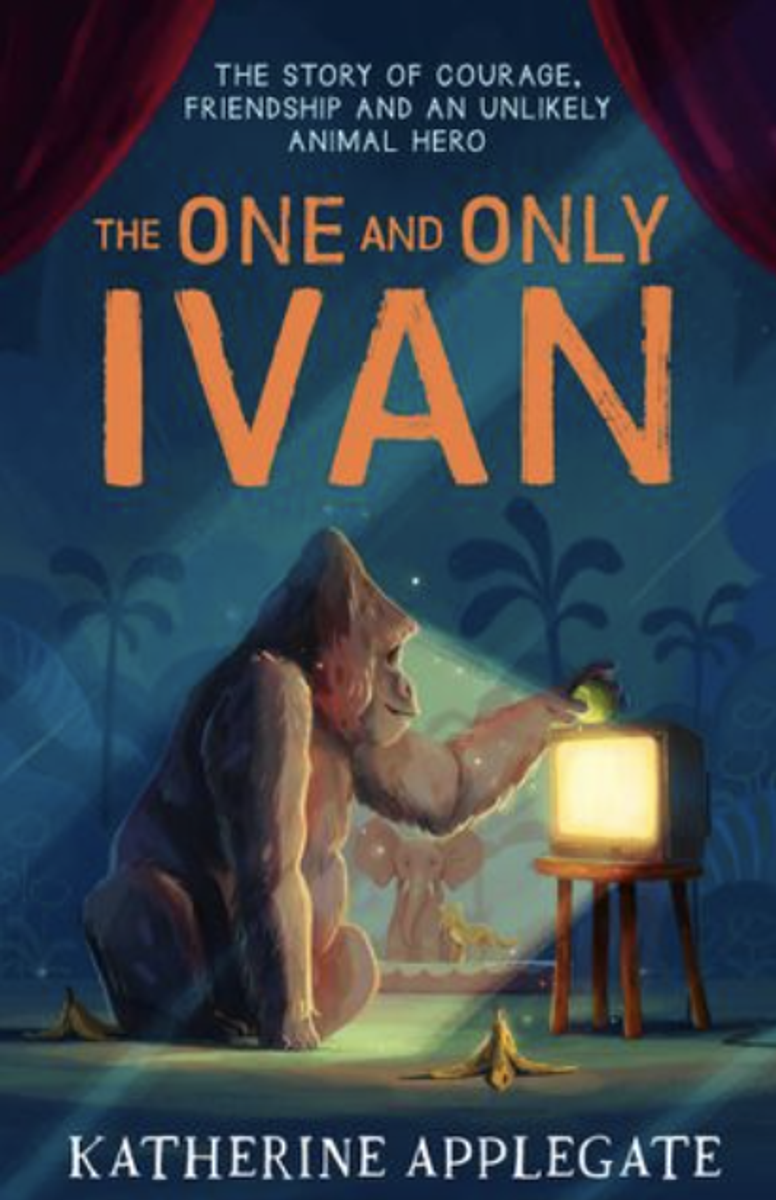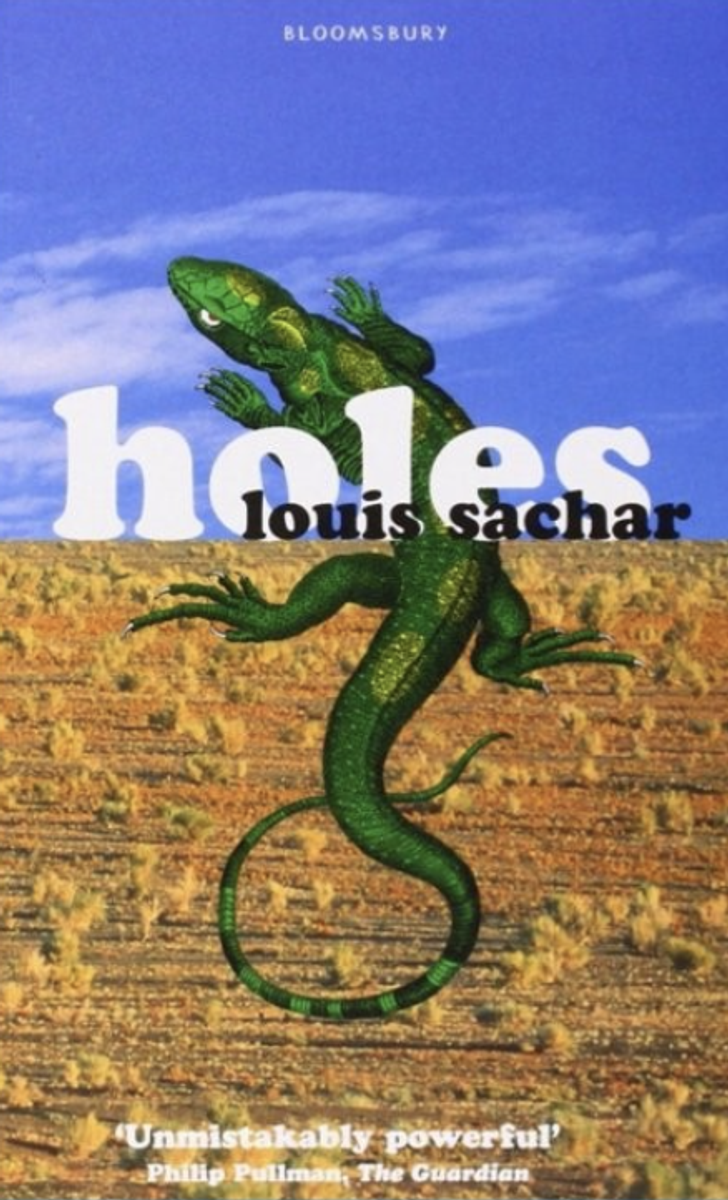Learning and Teaching

Teaching & Learning
A message from Mrs Hodgetts
In the last edition of the newsletter, I shared some memories from my family and the activities I used to do over the school holidays. You may recall, I spoke about jigsaw puzzles and amazing walks in the nature. Well these holidays were no different, my children and I enjoyed completing a new puzzle that actually had no edges and deliberately had pieces that don't actually go in the puzzle to confuse you! Our favourite walk was in a place called the Redwood Forest. The trees are perfectly aligned in rows and create such an amazing spectacle. I do hope your holidays were relaxing and you were able to create some lasting memories.
This term in Inquiry the focus is either Biological or Chemical Science.
Foundation: Observable Properties of Materials
Year 1: Animal Classification
Year 2: Changing Materials
Year 3: Life Cycles
Year 4: Heat
Year 5: Animal Adaptations
Year 6: States of Matter
Mathematics
A message from Mrs Toney
SPOTLIGHT ON FAMOUS MATHEMATICIANS
As the children start Term 2 and continue improving and extending their mathematical knowledge and understanding, I thought I would highlight tw exceptional mathematicians who demonstrate just how far Maths can take you in the real world – one to NASA and the second, a human computer who is remembered each year.
ADA LOVELACE
A long time ago—before computers even existed—there was a woman named Ada Lovelace who imagined how machines could do more than just add numbers.
Ada was born in 1815 in England and loved both maths and poetry. When she grew up, she worked with a scientist named Charles Babbage, who designed an early kind of computer called the “Analytical Engine.”
Even though the machine was never built in her lifetime, Ada wrote the very first computer program—using only maths and imagination! Because of this, many people call her the world’s first computer programmer.
She proved that maths isn’t just about numbers—it’s also about ideas and creativity.
🌟 Fun Fact: Ada Lovelace Day is celebrated every year in October to remember women in science and maths!
KATHERINE JOHNSON
Did you know that a brilliant mathematician helped send astronauts into space?
Her name was Katherine Johnson, and she worked for NASA, the American space agency. She was so good at maths that she helped calculate the exact path for the first trip to the moon! Without her careful calculations, the astronauts might not have made it home safely.
Katherine loved numbers from a very young age. She started high school at just 10 years old, and later became one of the first African-American women to work as a scientist at NASA.
Even though things were harder for her because of her skin colour and because she was a woman, she never gave up on her dreams. She showed that maths can take you to the stars—literally!
🌟 Fun Fact: In 2015, when she was 97 years old, Katherine Johnson received a medal from the President of the United States for her amazing work!
English
A message from Miss Cardillo
Welcome Back to Term Two!
I hope that everyone has had a restful holiday and a wonderful Easter celebrating with their family and friends. Term One felt like a whirlwind and I cannot believe we are already in the swing of things in Term Two.
This term we are going to continue developing vocabulary and fluency in the Literacy block. Here is a recap of why we are focusing on these areas:
Vocabulary:
The more words we know the better equiped we are to understand what we read. Building a larger bank of words in our lexicon also assists our ability to communicate with others, both written and spoken. We try our best to introduce students to around 3-5 new words per week.
Here is an example of how we are striving to do this;
Please try to ask your children to share these words with you.
Maybe you could ask:
- What is a new word that you have learned?
- What does the word mean?
- Can you think of a synonym for the word?
- Could you use the word in a sentence?
Make it FUN: $1 everytime your child uses one of their vocab words in conversation!
Fluency:
Fluency is very important for building comprehension! I will be bopring and keep saying it...REPEAT reads are NOT BORING! It is important to build confidence and for people to hear themselves as fluent readers and one way to achieve this is to read and reread the same text. We are doing our best to include a number of fluency reading sessions per week that include:
CHORAL READING: Teacher reads and students repeat
PARTNER READING: Students read with their fluency partners, often with a timer that is interchanged every 1 minute so that we learn to read and track when being read to.
When reading with your children at home:
- Help children decode words by breaking it up into its sounds.
- PLEASE encourage NO GUESSING! We are encouraging careful reading to avoid guesses.
- Reread your home reader or your chosen book throughout the week.
- Model fluent reading to your child
Don't forget that there is access to Sunshine Online for extra reading from Foundation to Year 3. Please access this resource if you need extra reading for home.
Trouble finding a good book? Here are some resources to explore when considering what might be the next good read (both picture books and novels)
Some Year Levels are doing Novel Studies this Term.
Here are the novels that some of our students will be reading in class:
Year 4: Cog by Greg van Eekhout
Year 5: The One and Only Ivan by Katherine Applegate
Year 6: Holes by Louis Sacher
